1.Taj mahal
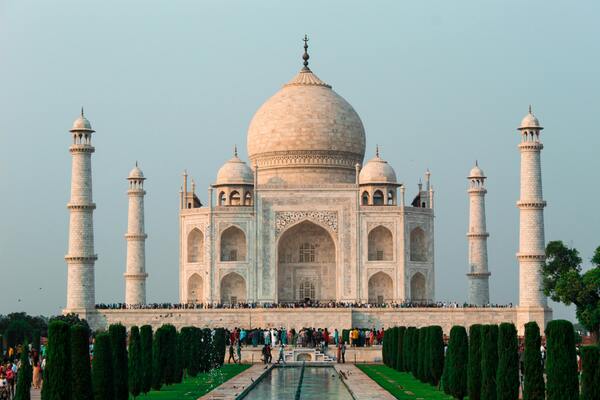
The tomb complex at Agra, India, is thought to be the best example of Mughal architecture and one of the world’s most recognisable structures. Emperor Shah Jahan erected it in memory of his wife Mumtz Maal, who passed away in 1631 while giving birth to their 14th child. The complex, which includes a sizable garden with a reflecting pool, was built over the course of around 22 years by 20,000 employees.The white marble mausoleum is decorated with semiprecious stones in geometric and floral motifs. Four smaller domes encircle its grand central dome. Some sources claim that Shah Jahan wanted his own mausoleum constructed of black marble. Before any construction started, he was overthrown by one of his sons
2.Christ the Redeemer
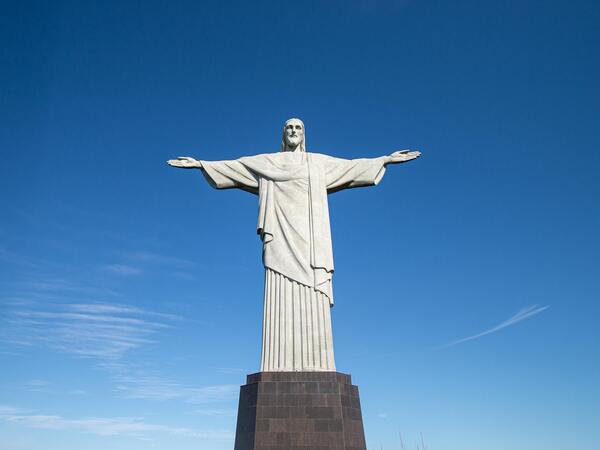
Rio de Janeiro’s Mount Corcovado is home to the enormous statue of Jesus known as Christ the Redeemer. Its beginnings can be traced back to the immediate aftermath of World War I, when some Brazilians feared a “flood of godlessness.” They suggested a statue, which Heitor da Silva Costa, Carlos Oswald, and Paul Landowski ultimately designed. The building process started in 1926 and was finished in 1927. Without its base, which is around 26 feet (8 metres) high, the monument’s height is 98 feet (30 metres), and its outstretched arms are 92 feet long (28 meters).It is the world’s largest Art Deco sculpture. About six million tiles cover the reinforced concrete structure of Christ the Redeemer. Uncomfortably, lightning has frequently struck the statue, and in 2014, a storm injured the tip of Jesus’s right thumb.
3.Colosseum
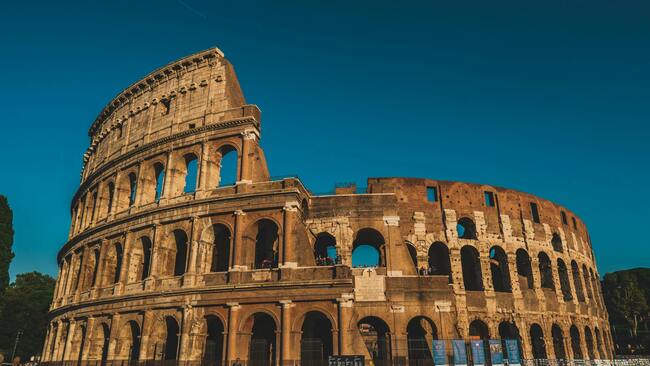
Vespasian, the Roman emperor, gave the order to construct the Colosseum in the first century. The amphitheater’s dimensions are 620 by 513 feet (189 by 156 metres), and it has a sophisticated vaulting system. It is an engineering marvel. It could accommodate 50,000 spectators who came to enjoy a variety of events. The gladiator bouts were perhaps the most famous, however men fighting animals was also widespread.Additionally, the Colosseum occasionally had water pumped into it for fictitious naval battles. However, there is disagreement about the notion that there were martyred Christians who were thrown to lions. An estimated 500,000 people perished in the Colosseum, according to some estimations. Furthermore, so many animals were slaughtered there after being captured that certain species allegedly went extinct.
4.Petra
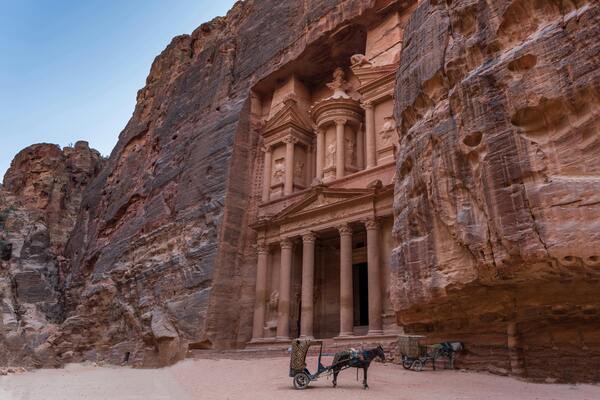
The historic Jordanian city of Petra is tucked away in a lonely valley between cliffs and mountains made of sandstone. It was said to be one of the locations where Moses supposedly struck a rock and water sprang out of it. It later became the capital of the Nabataeans, an Arab tribe, and during this period it flourished and developed into a significant trading hub, particularly for spices. The Nabataeans were skilled carvers who carved homes, temples, and tombs into the sandstone, which changed hue with the waning light. They also built a water system that made it possible to cultivate and have lush gardens.Petra reportedly housed 30,000 people at its peak. However, when trade routes changed, the city started to deteriorate. More difficulties were brought on by a significant earthquake in 363 CE, and Petra was progressively abandoned until another earthquake struck in 551. Even though it was uncovered in 1912, until the last decades of the 20th century, archaeologists mostly neglected the city, leaving many unanswered problems.
5.Machu picchu
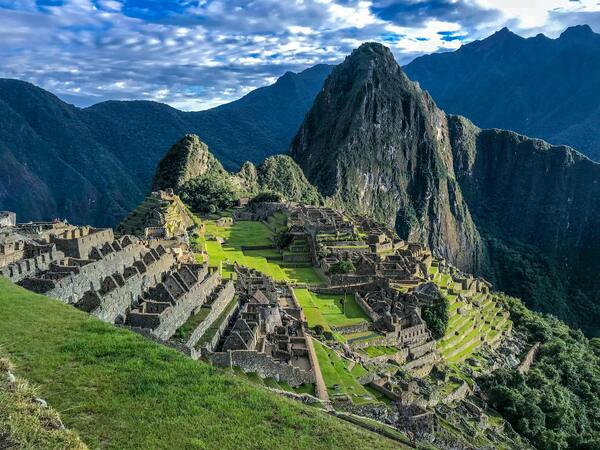
Hiram Bingham, who thought it was Vilcabamba, a covert Incan bastion used during the 16th-century uprising against Spanish power, “found” an Incan site close to Cuzco, Peru, in 1911. Scholars have been perplexed by Machu Picchu’s purpose, despite the fact that this assertion was eventually proven false. Bingham said it was inhabited by the “Virgins of the Sun,” females who took a vow of celibacy and resided in convents. Some people assume it was probably a place of pilgrimage, while others claim it was a royal retreat.It should not, it seems, be the location of a beer advertisement. A monument was shattered in 2000 when a crane being used for such an advertisement fell. What is known is that one of the few significant pre-Columbian ruins to have been unearthed almost intact is Machu Picchu. It has residential neighbourhoods, plazas, temples, and agricultural terraces despite its seclusion high in the Andes Mountains.
6.Chichen itza
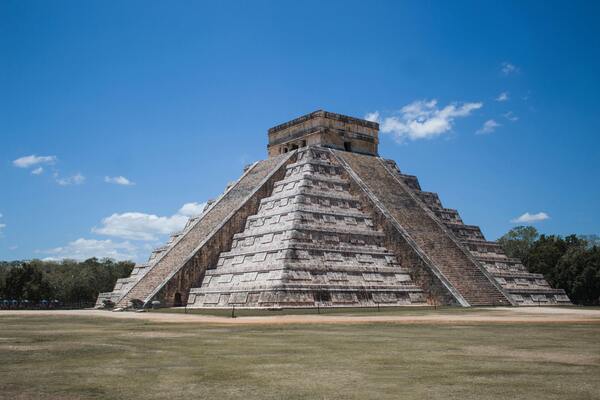
On the Yucatán Peninsula in Mexico, a Mayan metropolis called Chichen Itza flourished in the ninth and tenth centuries CE. Numerous significant structures and temples were constructed by the Mayan tribe Itza, who were heavily influenced by the Toltecs. The El Castillo (“The Castle”) stepped pyramid, which towers 79 feet (24 metres) over the Main Plaza, is one of the most prominent. The construction has a total of 365 steps, which corresponds to the number of days in a solar year, and is a monument to the Mayans’ astrological prowess.The spring and fall equinoxes produce shadows on the pyramid that appear to be a serpent sliding down the north stairs; a stone snake head is located at the base. But there was more to life than just job and study. The largest tlachtli (a type of sports field) in the Americas may be found in Chichén Itzá. The locals engaged in a ritual ball game that was common throughout pre-Columbian Mesoamerica on that field.
7.Great wall of China
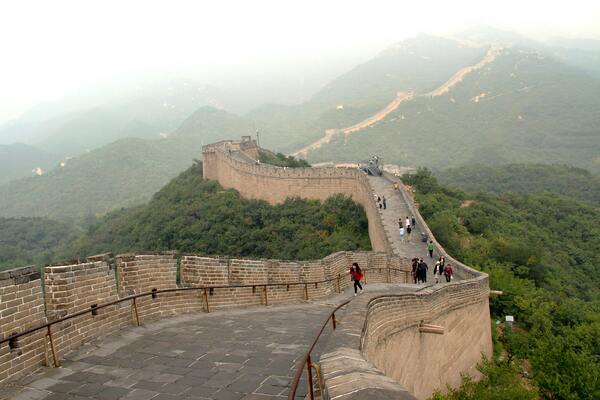
The word “great” could be a misnomer. The Great Wall of China, one of the largest major construction projects in the world, is generally believed to be roughly 5,500 miles (8,850 km) long. However, a disputed Chinese research states the length is 13,170 miles (21,200 km). Two millennia of work were put into it once it started in the 7th century BCE. Despite being referred to as a “wall,” the design really has long portions of two parallel walls.The barrier is also dotted with watchtowers and barracks. The wall’s effectiveness, though, wasn’t all that terrific. The wall mostly failed to offer true security, despite the fact that it was constructed to thwart invasions and attacks. Scholars have highlighted that it was more of “political propaganda” instead.